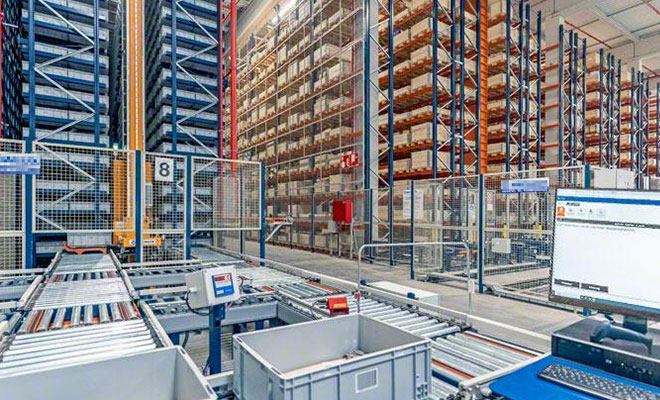The importance of sustainability is recognized by consumers, and change must begin at the top of the food chain. Businesses of all sizes and sectors are being forced to rethink how they conduct their day-to-day operations as a result of the influence that green credentials have garnered. Managing the storage and transportation of goods across the country, around the clock, faster than ever before, while causing the least amount of environmental damage possible, is a particularly difficult task for the logistics industry to accomplish. It is not, however, impossible to do so. Taking warehouses as an example, they are extremely efficient.
Warehouses typically consume enormous amounts of energy in order to light, heat, cool, and ventilate large spaces, as well as power all of the machinery that is used to move stock from one location to another. As a matter of fact, energy costs for a warehousing business frequently account for a significant portion of overhead expenses, second only to wages and rental expenses in importance. While energy consumption increases with time, it is possible to save money and improve your sustainability profile, also known as your Green Credentials, if you consume more energy than you produce. Keep in mind the following steps to meet or exceed your customers' expectations while also minimizing the environmental impact of your warehouse:
1) Install skylights to allow the sun's rays to enter the room
Above-ground lights are not only an eyesore, but they also constitute a significant source of energy waste. It is possible to significantly reduce your energy costs by replacing them with skylights. This will improve the overall atmosphere of your workplace while also providing your employees with their much-needed daily dose of sunlight. Automated Warehouse System's possible that the initial costs will be prohibitive, but if you own the property, the skylights will eventually pay for themselves and save you money on energy costs.

2. Talk to air conditioning professionals about making environmentally friendly upgrades
A financial drain is the HVAC (heating, ventilation, and air conditioning) systems found in commercial buildings. This is in addition to the costs of other maintenance and repair services, which means they must have their filters replaced several times a year, which is not an inexpensive proposition. Furthermore, as they grow older, their efficiency diminishes as well. While conventional air conditioning units are still available, there are more environmentally friendly alternatives on the market today. These include heat pumps that use geothermal energy as well as ice-powered, hydronic, and solar-powered systems that can provide multiple heating and cooling zones.
3. Check to see that there is sufficient insulation
Because inefficient internal and external insulation makes it pointless to upgrade your heating system if your building's insulation is inefficient, you should consider upgrading your heating system. The use of external insulation can help to reduce CO2 emissions, and according to the American Insulation Institute, properly insulating floors, ceilings, and outer walls can reduce energy consumption in commercial buildings by 13% to 35%. Although this will require a significant financial investment, it is likely that the construction will have an impact on the operation of your business. Unless you hire professionals to conduct a thorough inspection of the building, there is no way to find out for sure.
4. To save energy, turn off the lights in your home
Even when the machinery in your warehouse is not in use (for example, during the lunch break), you may notice it running in the background. This is completely normal. Unused conveyor belts, idle forklifts, electric gates, and other energy-intensive machinery, on the other hand, can waste energy, reduce profits, and significantly increase the size of your carbon footprint. For those of your employees who need constant reminders, digital methods for monitoring energy consumption and automating downtime for your warehouse equipment and lighting are available to you.
5. The importance of reducing, reusing, and recycling should be understood
It is most effective to maintain complete control over your operation's material consumption while also minimizing energy consumption for the greater good by following the three "R's."With the assistance of an environmental audit, you will be able to completely rethink your business operations, which will be extremely beneficial in the long run. In your operation, you may be able to save money on raw materials by restricting the use of certain items such as gloves and crates as well as the number of trolleys and stairwells available. If you can salvage materials between deliveries (for example, by reusing pallets or repurposing packaging material), you should do so. Additionally, consider what materials, such as plastics and packaging materials, can be recycled, either by your organization or by consumers. Sales of baled cardboard in mill-sized bales, for example, can generate revenue.
6. Investigate the possibility of pop-up warehouses
When demand is unusually high, such as during the holiday season, consider establishing pop-up warehouses or temporary storage spaces on your property or adjacent to your existing warehouse. Taking this approach will enable you to meet customer expectations while also reducing your carbon footprint. Transportation distances between warehouses and loading areas are reduced when temporary storage facilities for your products are strategically located, allowing you to be more efficient in terms of fuel consumption and energy costs.

